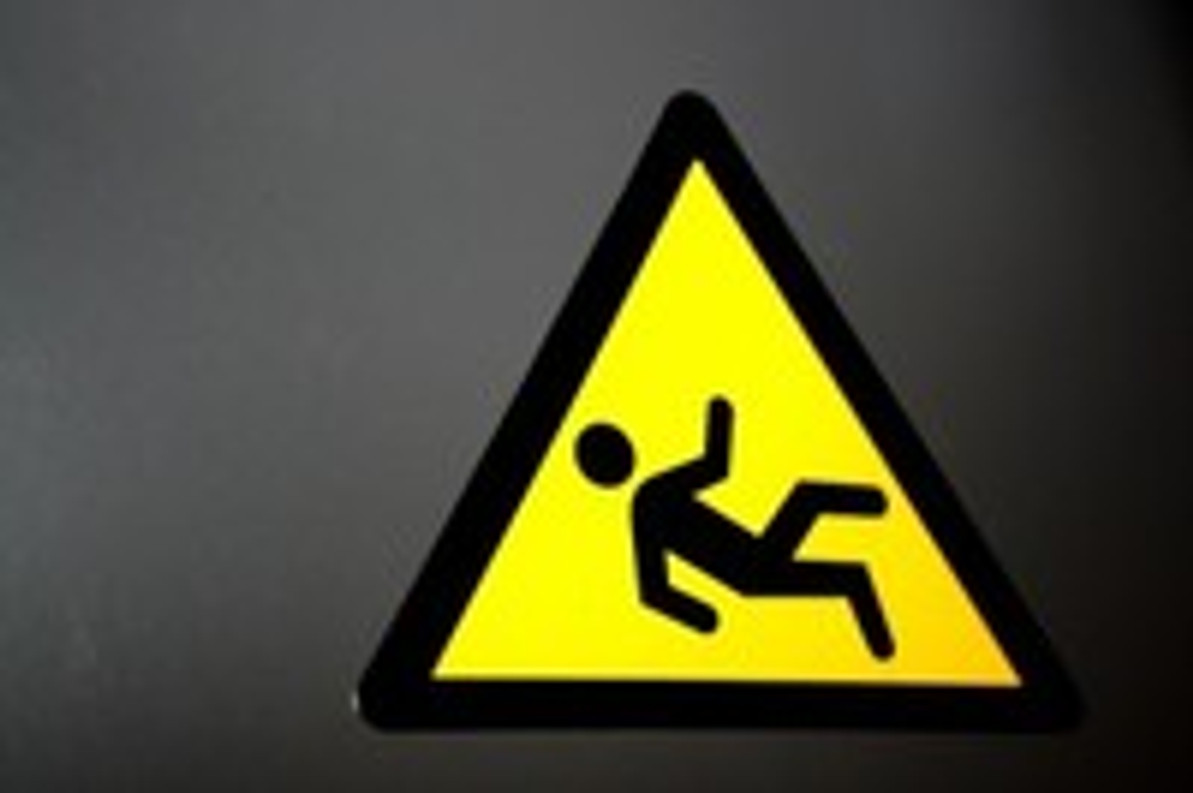How To Prevent Slip-and-Fall Accidents In The Workplace
Slip and falls are one of the most common work-related injuries. Some people assume they are minor and result in nothing more than scraps and bruises. Unfortunately, though, slip-and-fall accidents are the second leading cause of accidental death in the workplace. The U.S. Occupational Health and Safety Administration (OHSA) states that slip and falls account for roughly 15% of all accidental fatalities in the workplace, which is just behind automobile accidents.
Cost of Slip-and-Fall Accidents
In 2006, Liberty Mutual released a Workplace Safety Indexed which suggests the direct costs of slip-and-fall accidents in the workplace costs companies over $11 billion. The report goes on to say that the average cost of a single slip-and-fall accident is roughly $22,800.
Work-related injuries can hurt a company's finances in several different ways. Along with the obvious costs of paying for worker's compensation and medical bills, the company may also end up paying for legal expenses, OHSA fines, repairing broken tools or equipment, finding a new replacement, and rectifying the original problem that caused the accident.
Same Level vs Elevated Falls
Slip-and-fall accidents are typically broken down into one of two different categories: same level and elevated falls. Same level falls, as the name suggests, are falls which occur on the same level. For instance, a worker walking down a corridor might slip on area that's covered in water. This is a same level fall. An example of an elevated fall would be a worker walking on a beam who accidentally trips on a protruding nail and falls to the level underneath.
What Causes Slip-and-Fall Accidents In The Workplace
- Spilled oil, lubricants or other liquids
- Employees wearing wrong footwear (non-slip shoes or boots are recommended)
- Ice formations on the floor
- Employees with inadequate training
- Damaged flooring
Slip-and-Fall Prevention Tips
- Wear proper-fitting, non-slip shoes or boots
- Clean up chemical or liquid spills in a timely manner
- Place signs on slippery areas
- Clean the floors on a regular basis to remove dirt and debris
- Keep the lines of communication open among employees
Slip-and-fall accidents are no laughing matter, and companies should take a proactive approach towards preventing them in the workplace. Allowing the problem to remain unaddressed leaves workers vulnerable to potentially life-threatening injuries. Hopefully, this post will shed some light on the severity of the problem along with advice with useful advice on how to fix it.
What steps do you take to prevent slip-and-fall accidents? Let us know in the comments section below!
Recent Posts
-
Fire Safety in the Workplace: What You Need to Know
What steps are you taking to prevent fires in your workplace? According to the U.S. Occupational Saf …Aug 23rd 2023 -
Is It Safe to Go Jogging With a Cold Infection?
If you're suffering from a cold infection, you might be wondering whether it's safe to go jogging. T …Aug 22nd 2023 -
5 Safety Tips to Follow When Using a Powder-Actuated Tool
Powder-actuated tools are commonly used to join materials to steel and concrete. Also known as Hilti …Aug 20th 2023




